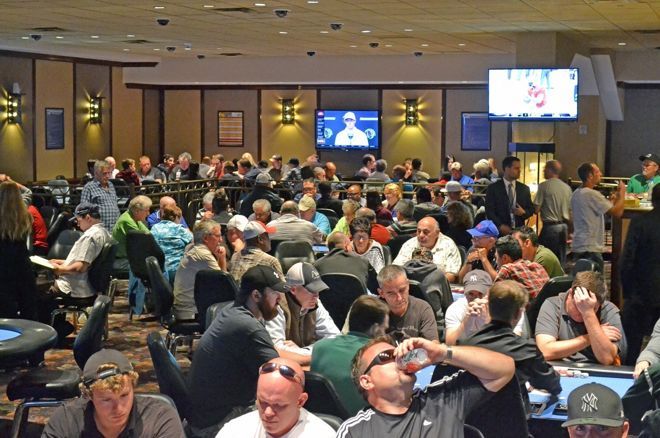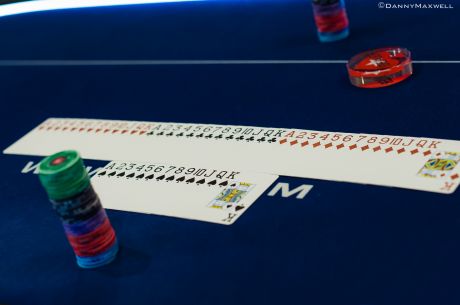GTO Is Sub-Optimal in Small Stakes Tournaments

I am a small stakes tournament player. I started as a recreational player with typical leaks and slowly learned correct poker strategy over the course of my career.
I eventually learned about a game theoretically optimal (GTO) strategy and tried to use it as a way to plug those leaks. Once I did, I stopped losing money and began to make enough to keep myself afloat. This was much better than losing, but I've come to realize that playing this way is also a mistake because of the type of game I choose to play.
A GTO strategy is not the best approach for most small stakes poker tournaments. Attempting to play GTO is correct in the absence of actionable information. It is the best you can do when you know nothing about your opponents except that they are good players with very few obvious holes in their games. However, this is almost never the case in small stakes tournaments.
Even if you don't know specifically what mistakes they will make individually, you should know general population tendencies. In cases where an individual opponent does not follow the trend, he will more than likely reveal his sub-optimal tendencies in due time.
That means in these small stakes games, having an understanding of GTO play in order to recognize how your opponents are deviating from it is useful, but attempting to implement a GTO strategy yourself almost never is.
The Optimal Approach for Small Stakes Tournaments
The optimal approach for most small stakes poker tournaments is to...
- assume your opponents will make obvious mistakes,
- identify those mistakes, and then
- exploit them as often as possible until they adjust.
For example, in the small stakes games I play, I often see loose-passive players who like to limp into pots with their marginal hands. They usually call raises with their entire range, call down with draws and marginal one-pair hands postflop, and then fold them on the river unimproved. A GTO strategy makes money against these players because it contains a number of triple-barrel bluffs that benefit from their river folds.
The problem is that a GTO strategy doesn't bluff with as many hands as it could against these players. It gives up with some hands so that it doesn't overbluff in a theoretical sense. This is how I learned to play poker and it held me back for years. Now I realize that overbluffing is optimal when I am facing small stakes opponents who overfold. A GTO strategy is unnecessarily defensive and leaves too much money on the table against this player type.
I believe I can make money more consistently and faster by getting out of line against these players to exploit their mistakes. Instead of constructing balanced triple-barrel ranges, I choose to triple-barrel against them more often than is theoretically optimal. This allows me to get their chips before a GTO player does. This is nice in cash games, but it is absolutely critical in tournaments where patience is not a virtue.
This exploit of their mistake opens up an exploitable mistake in my game. Namely, I triple-barrel bluff too much. Generally, this is not a problem since the majority of my opponents will not recognize or do anything about it.
Instead of seeking to exploit my mistake, most of them are playing a different game entirely. For the most part, they are just trying to make a premium hand with which to call me down. However, I occasionally run into the rare player who tries to adjust and exploit my mistake. Even then, a GTO strategy is not the answer.
Anticipate the Adjustment and Readjust
One way this opponent may try to exploit me is by calling down more often. The correct response to this is not to revert to a GTO strategy. That would be the correct solution if my opponent suddenly began to play a GTO strategy, but obviously this is not the case. Instead, what I should recognize is that his attempt to exploit me opens up a new mistake for me to exploit.
He is planning to call me down more often, which means I should now value bet more often and bluff less often than a GTO strategy would suggest. The trick is to anticipate when he has made the adjustment. This comes with experience and observation. If you do not have these things at your disposal, then maybe the sub-optimal GTO strategy is the best you can do for now. But understand that it is not too hard to pick up on these adjustments when you are facing inexperienced small stakes tournament players.
At this level, reverting to a GTO strategy is almost always a cop out. In fact, it is much easier to learn how these guys will try to adjust than it is to learn how to play a GTO strategy in the first place.
The Rare Exception
In addition to the player I relentlessly attack, there is another player type who may seek to derail my plan. That is the extremely rare small stakes player who can recognize the dynamic that is going on between myself and the limper and see it as an opportunity to attack my light isolation raises with light cold three-bets.
In theory, I should employ the same process of recognizing that he opens himself up when he tries to exploit my exploit and subsequently try to re-exploit his, but what would that look like? I would have to play back at the three-bettor with light four-bets or postflop shenanigans from out of position.
In a tournament there is usually less room in the stacks for these kinds of "above the rim" maneuvers, which means it might actually be best just to revert to a GTO strategy in response to a third party who is running interference.
Conclusion
As long as your opponents are making initial mistakes and additional mistakes as they attempt to adjust, a GTO strategy will never be the best approach. Even though it is sub-optimal, it will more or less guarantee that you will be at least somewhat profitable, which could make you blind to how much money you are leaving on the table. Up until recently, this has been my experience.
Obviously this is not great, but it is fine for cash games where there is no pressure from blind level increases. In small stakes tournaments, however, using a GTO strategy is disastrous. These games are more of a sprint than a marathon. They are a race to see who can get the chips from the worst players first.
In order to get those chips, you cannot be too careful and methodical like a GTO tortoise. Instead, you must throw caution to the wind and go for the gold like a maniacal hare.









